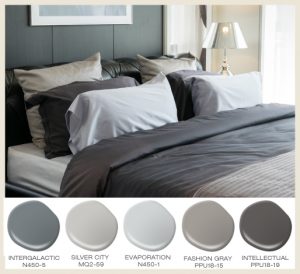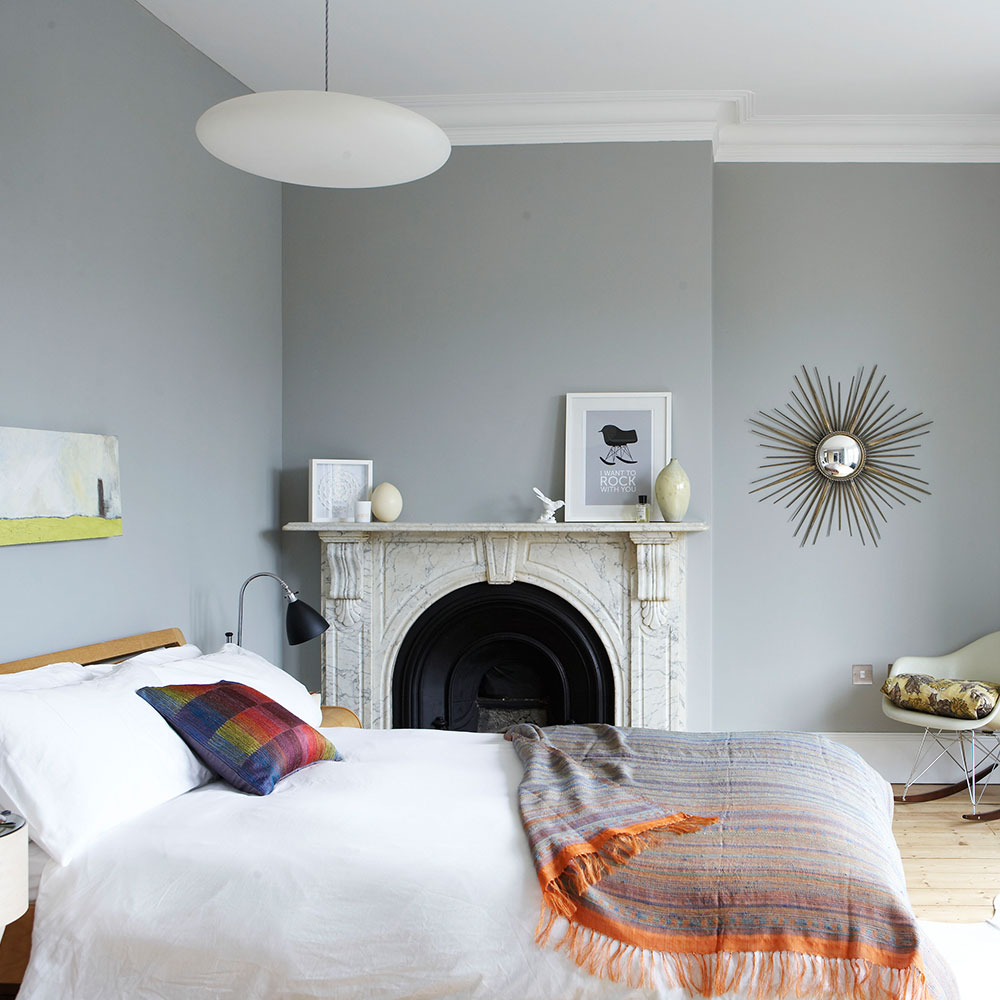Table of Content
Various shades of white and beige were the typical idea of neutrality in homes. But lately, the new trend towards the new neutral color like grey has become somewhat fiery and is available in the glitter of silver sequins, the dark smoke of a speeding locomotive, the cold fog of a London alley, and the soft fur of a wolf cub.
Let's start getting ready to transform your space into a more lively neutral in a gray way.
Types of Grey:
Grey has special connotations: cold and warm. Cold grey has blue streams. These pair well with pure white trim, some natural stone, and brushed nickel. Warm grey has yellow or darker undercurrents. Goes well with signature woods, gold or metallic, and classic brick colors. Knowing the nuances of any chosen furniture, fixture, lighting, or wall colors is critical to mix the types of grey tones that may conflict. Once the base coat is selected, the various shades within that family can be effectively combined and coordinated throughout the home.

Picking Paint:
You can paint the room dividers a light shade of dark which can similarly open up the space using a white box or other light. A darker color can be used to create a dramatic effect for residents with a more theatrical style. Many people need the intensity of the dark color in the dividers but fear that an entire room painted in this way will feel oppressive. An excellent option for this circumstance is to use a darker color in the shading divider.
There may be a possibility when you want to paint the surfaces of a small room in an opaque way. In this case, choose a paint a few shades lighter than the room dividers to make the area feel increasingly spacious. On the contrary, you may feel that the room is excessively open. So the ideal effect is to create a warmer climate, choosing a muted shade a little darker than the shading of the dividers.

Keep the neutral color in the Bedroom:
Dim is an unusual decision for room furniture. Room combinations, including a headboard, footrest, dresser, and nightstands, can be found in a variety of styles and shades. On the other hand, wood furniture can be repainted in different wood tones and darker tones in any room with bedding, windows hangings, and rugs.
Placing dark tones throughout the room, combined with the surfaces of the materials used in the interior, can create a serene desert garden that creates a receptive base to include a strong dash of shading, for example, purple, red as emphasis.

And dark in the Living Room:
Couches are accessible in more ways than at any time in recent memory, including a variety of greys. Using a few generally upholstered pieces instead of a neutral color would work well. For example, dark, white, or beige colors. Dark is one of the main accessible shapes in both warm and cool undertones, allowing it to appear in virtually any stylistic theme. Another interesting way to introduce darkness is by using modern or Steampunk-style components. Both rely heavily on the use of dark metals, hardwood, concrete, and mechanical devices. This is most effectively incorporated into the footrests and side tables in this space.

Whereas dim in the Kitchen and Dining Room:
One way to make a big impact with subdued shadows in a kitchen is to reappear existing cabinets. You can also put new colors in this shading; Doing so will generally make the space feel progressively cool and fluid. The dimmer in the kitchen area can also be activated by selecting the mild steel machines. In the living room area, wood painted in darker colors works well. Anyway, the color is mainly found in the metal parts of the table and chairs in the living room. Alternatives range from brushed nickel to cutouts with a more collectible or modern touch. Shading is also possible by using tablecloths and table materials and gradually enhancing the pieces to complement traditional furniture options.
Also,read- Vastu Shastra and Decor ideas for nameplate of the house Aquireacres





